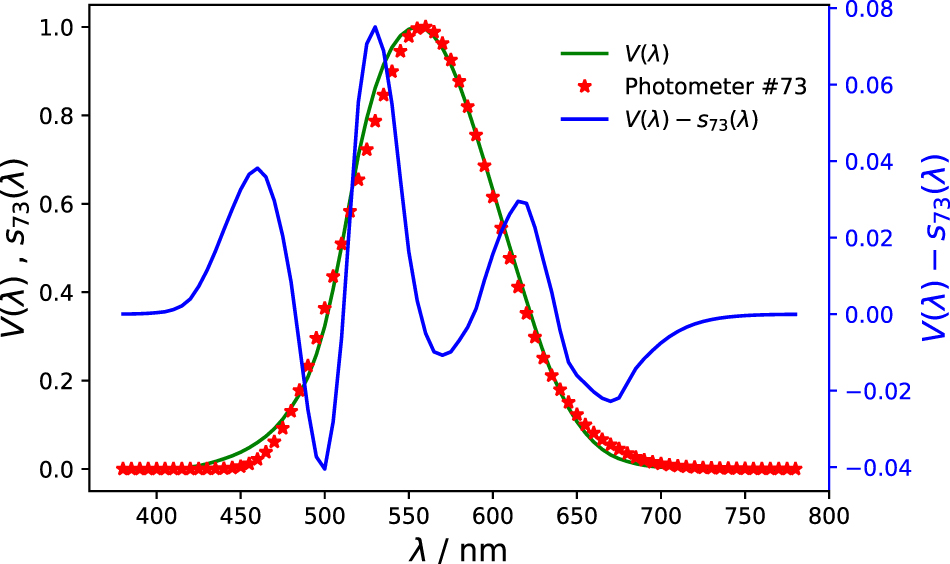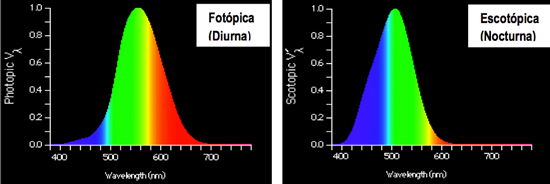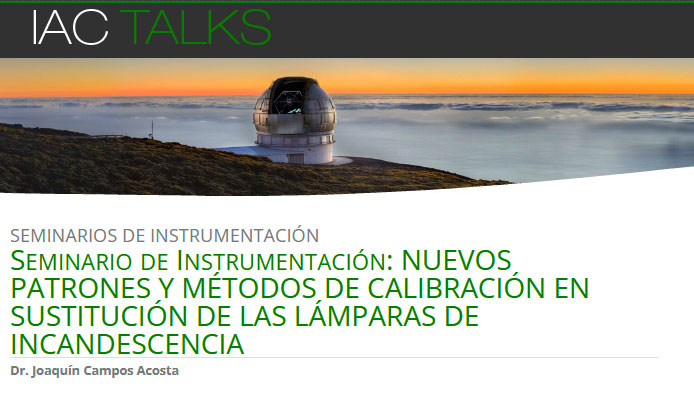Evaluation of different general V(λ) mismatch indices of photometers for LED-based light sources in general lighting applications
-
The industry has new lasers affordable and stable femtosecond meters with a high repetition rate
Photometers are used to measure the light intensity emitted by a light source
In evaluating these light sources, photometers are used which must be calibrated using a known incandescent bulb, and it is very likely that the CIE standard illuminant A (the incandescent bulb) will soon be replaced by the CIE L41 reference spectrum ( White LED with around 4100 K).

Spectral distribution of the two illuminants, SA(λ) and SL41(λ) (also called SL(λ), respectively.
Latest news
In this work, an international team has compared other alternatives to the general mismatch index V(λ) to assess whether any of them might be more suitable when using the CIE L41 reference spectrum (white LED) as calibration spectral distribution, due to the disuse of conventional bulbs compared to the use of led bulbs.
Why it is necessary to calibrate photometers
Humans do not see all colors in the same way, our sensitivity varies from one color to another and that is why photometers must be adjusted to the so-called photopic vision to “see” like us.

Sensitivity to colors during the day (photopic vision) and sensitivity at night (scotopic vision) / Eng. Alex Ramírez, Consultant, 2008 (www.bun-ca-org)
After the study, the authors have concluded that the current definition works very well even with the future change of the standard light source and it is not necessary to change it.
Other indices evaluated for a possible new index definition perform only slightly better in some cases, which does not justify replacing the current index, which is widely accepted in the international community.
What is photopic and scotopic vision
Photopic vision is the sensitivity we have to colors in broad daylight. With night light the sensitivity changes and is called scotopic vision.
There are two types of vision because in the eye we have two types of receptors, cones and rods.
Daytime vision, photopic, is based on the response of the cones. The cones need much more light to activate than the rods, so they only activate when the lighting levels are high enough.
In addition, there are three types of cones, each with different levels of sensitivity towards colors. This allows the human visual system to distinguish between different colors.
The cones are able to distinguish details better than the rods, which populate the retina less densely.
This has been a joint research work in which the following institutions have participated: the company TechnoTeam Bildverarbeitung GmbH from Germany, the CSIC Institute of Optics, the Aalto University Metrological Research Institute of Finland, the Technical University of Denmark, the Institute of Light Technology of Germany , the Metrology Department of the Portuguese Quality Institute and the Physikalisch-Technische Bundesanstalt of the German National Metrology Institute
Related news
The Institute of Optics has participated in the BxDiff project within the EMPIR program that has developed a traceable measurement system of the total appearance of surfaces with complex visual effects.
Madrid / February 27, 2023Today, research is being done in the field of metrology to develop a system for measuring the appearance of a surface,...
General V(λ) mismatch index: History, current state and new ideas
Madrid / July 5, 2023A European research team has presented a comprehensive review of the general V(λ) mismatch index and proposes new concepts for...
Online seminar by Joaquín Campos on Friday the 23rd entitled “New patterns and calibration methods to replace incandescent lamps”
Madrid / June 21, 2023Our colleague Joaquín Campos is going to offer an online conference entitled "New calibration standards to replace...




